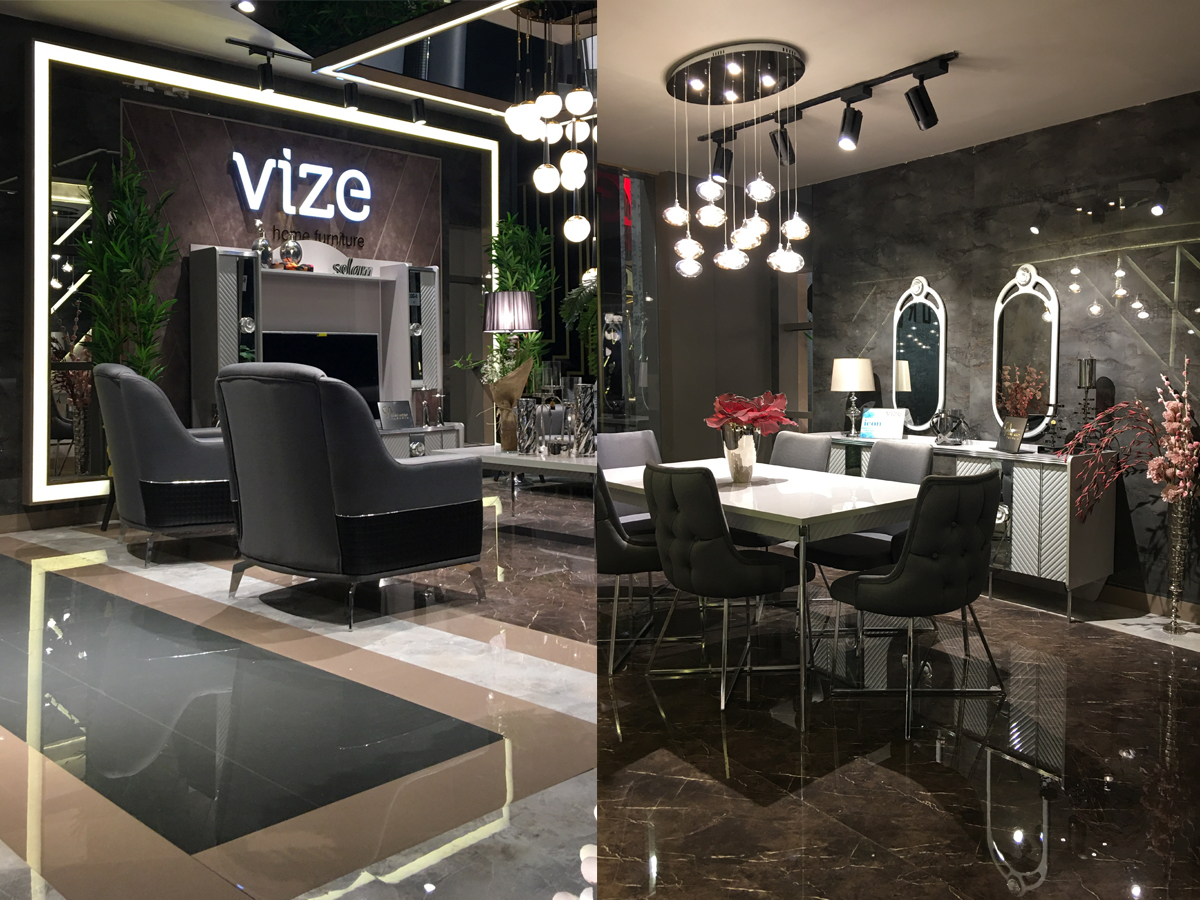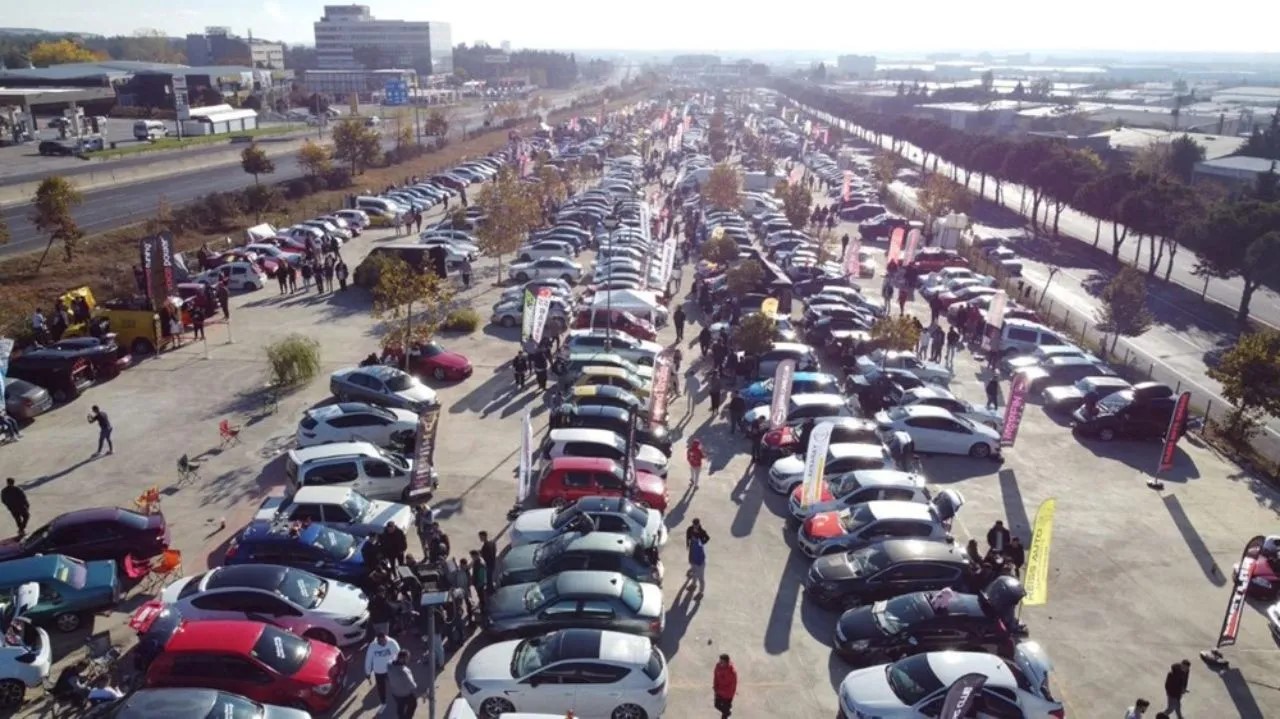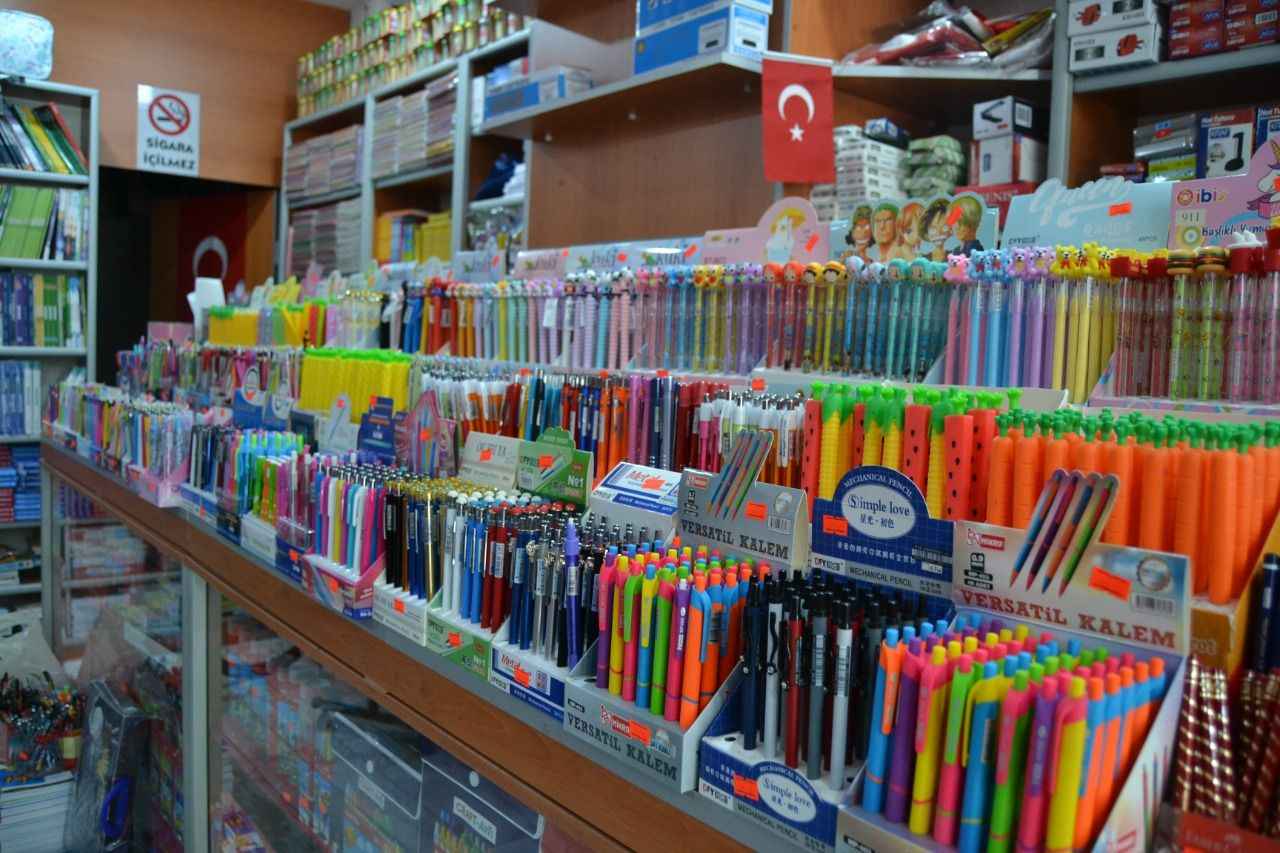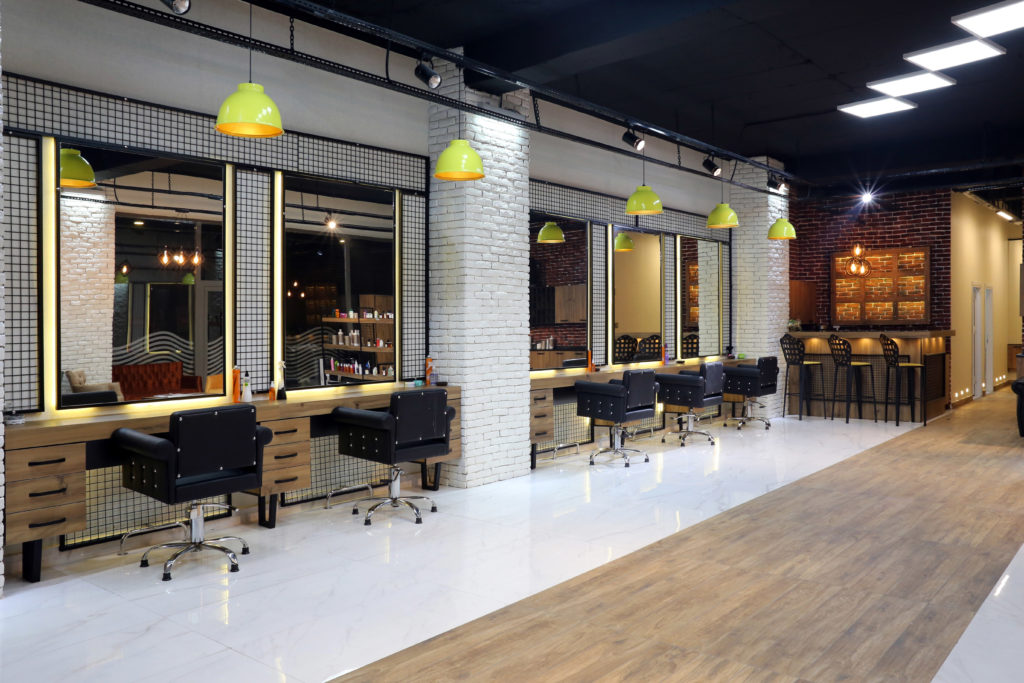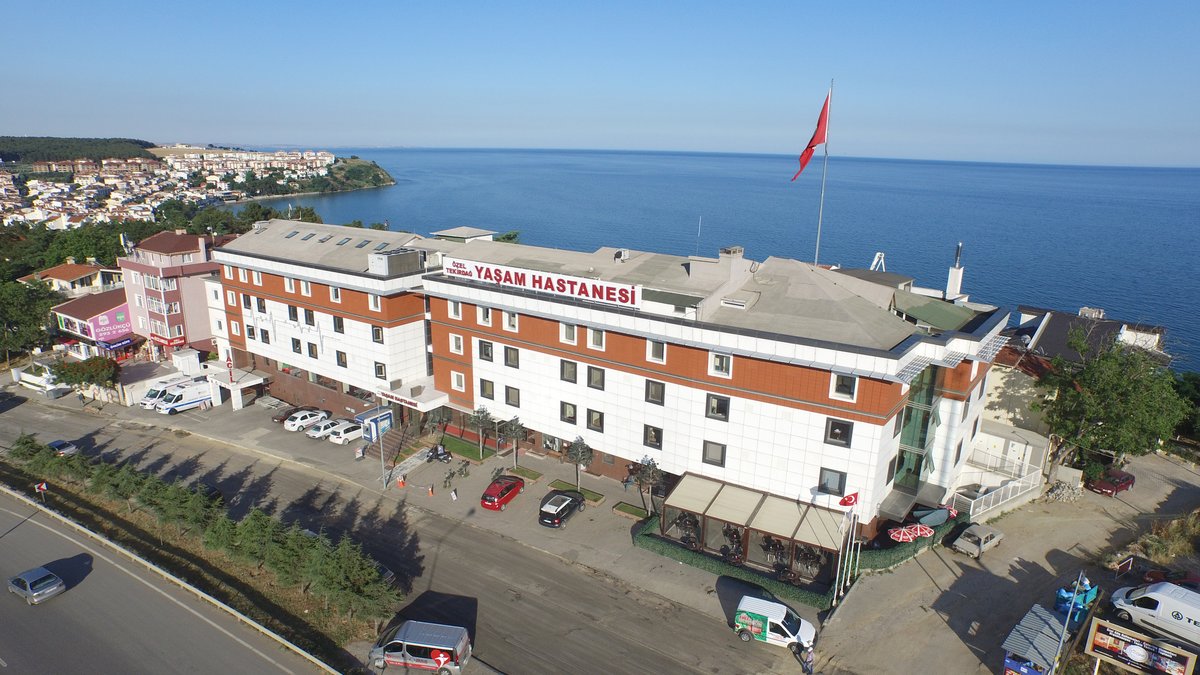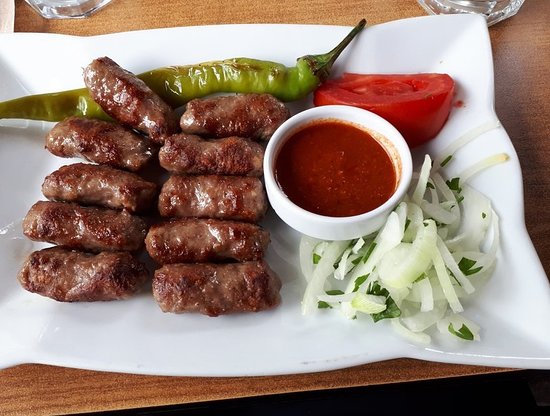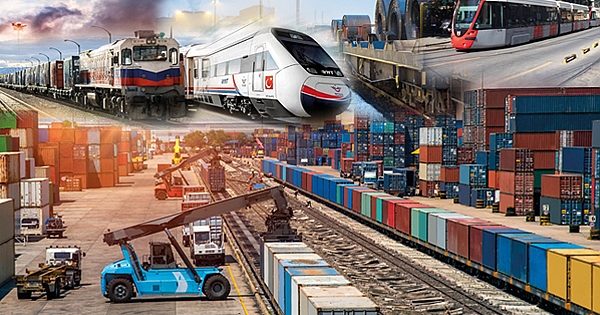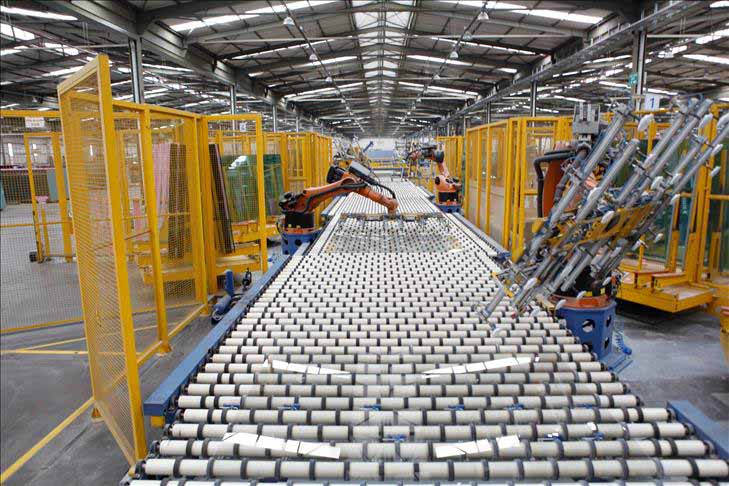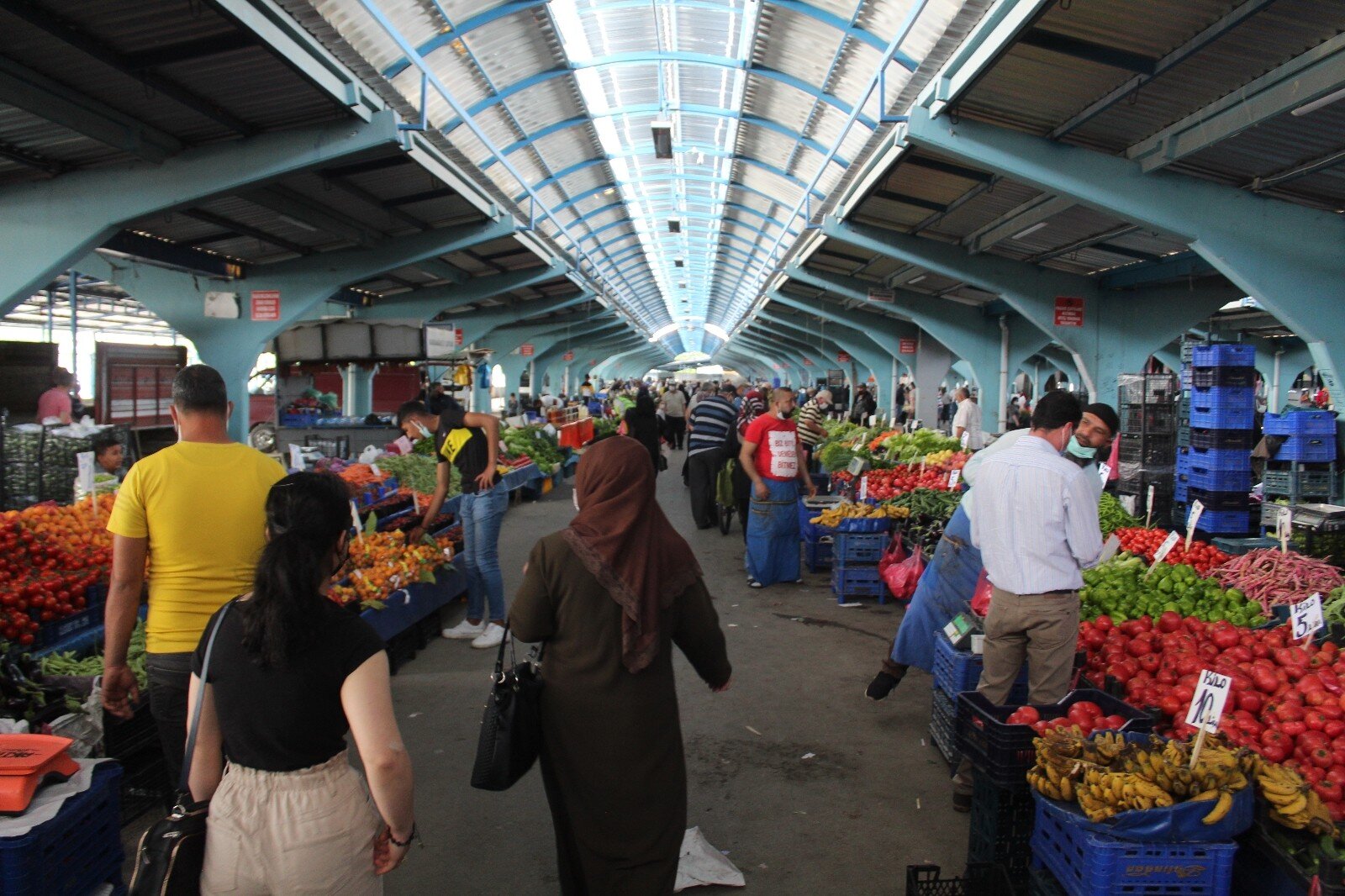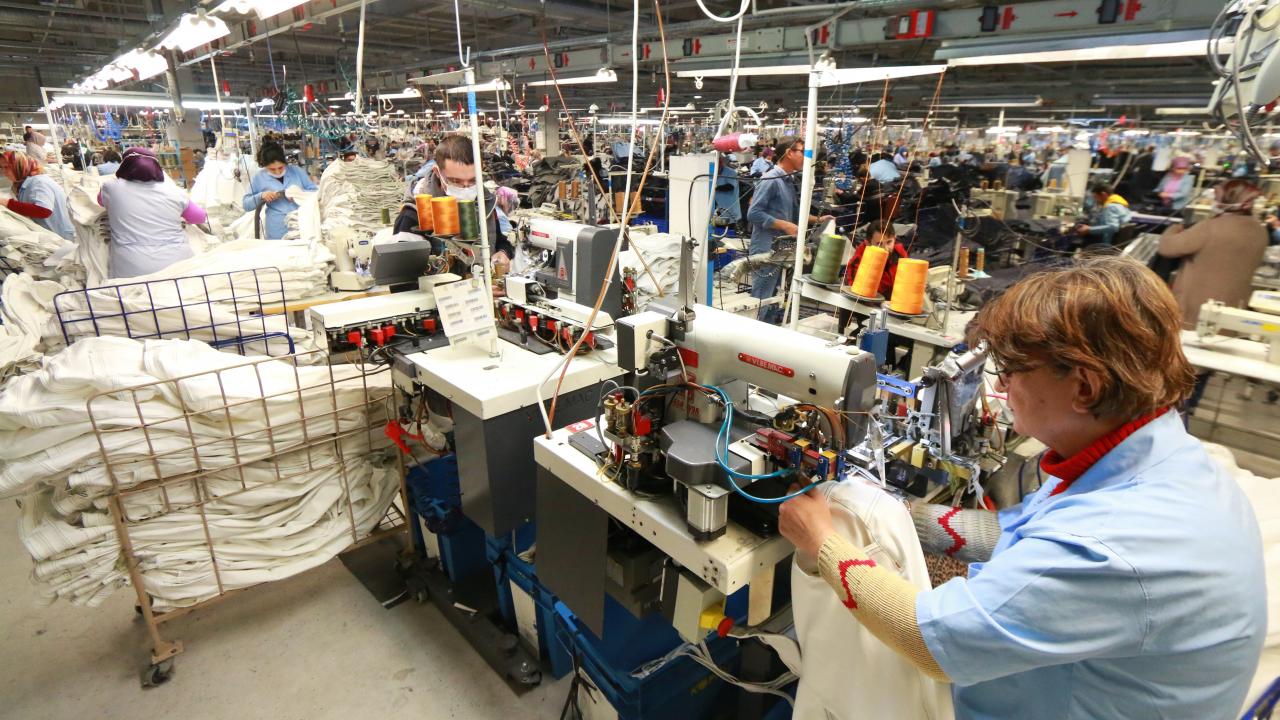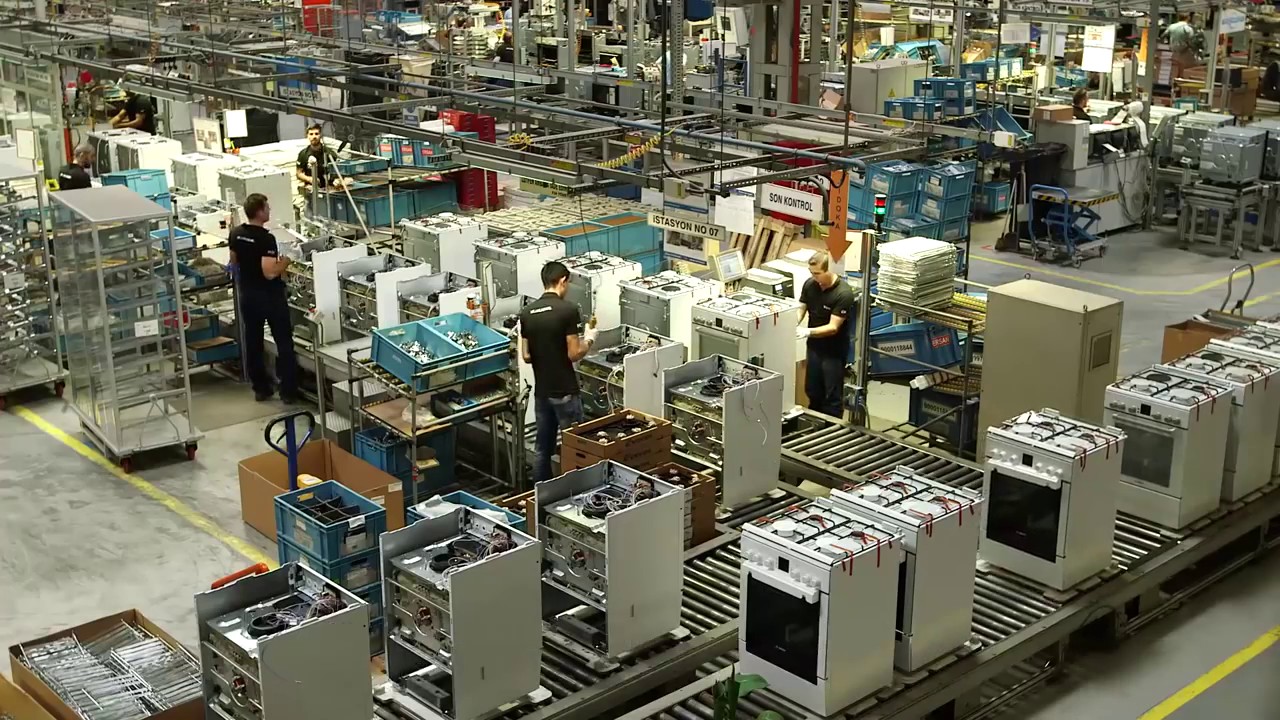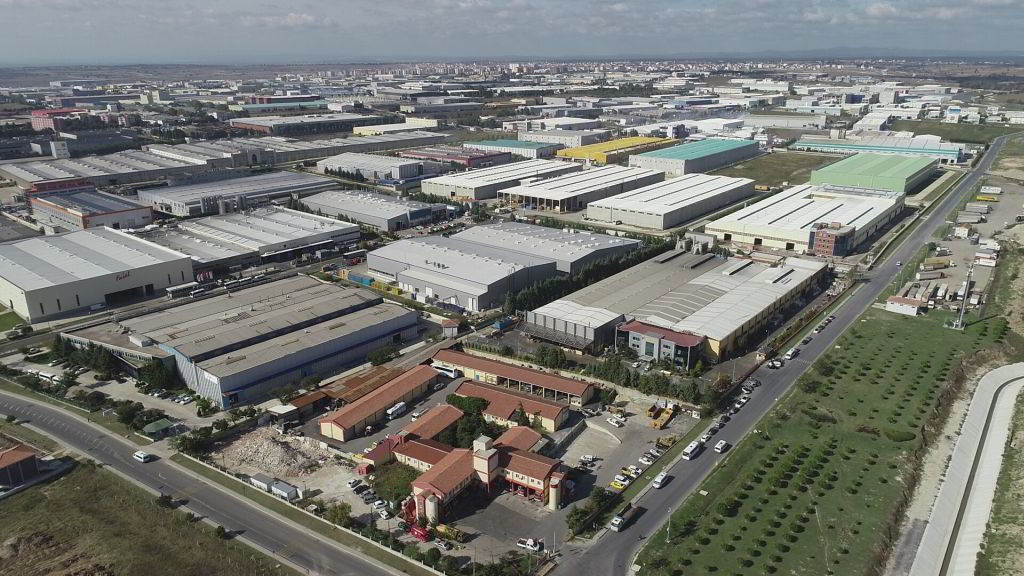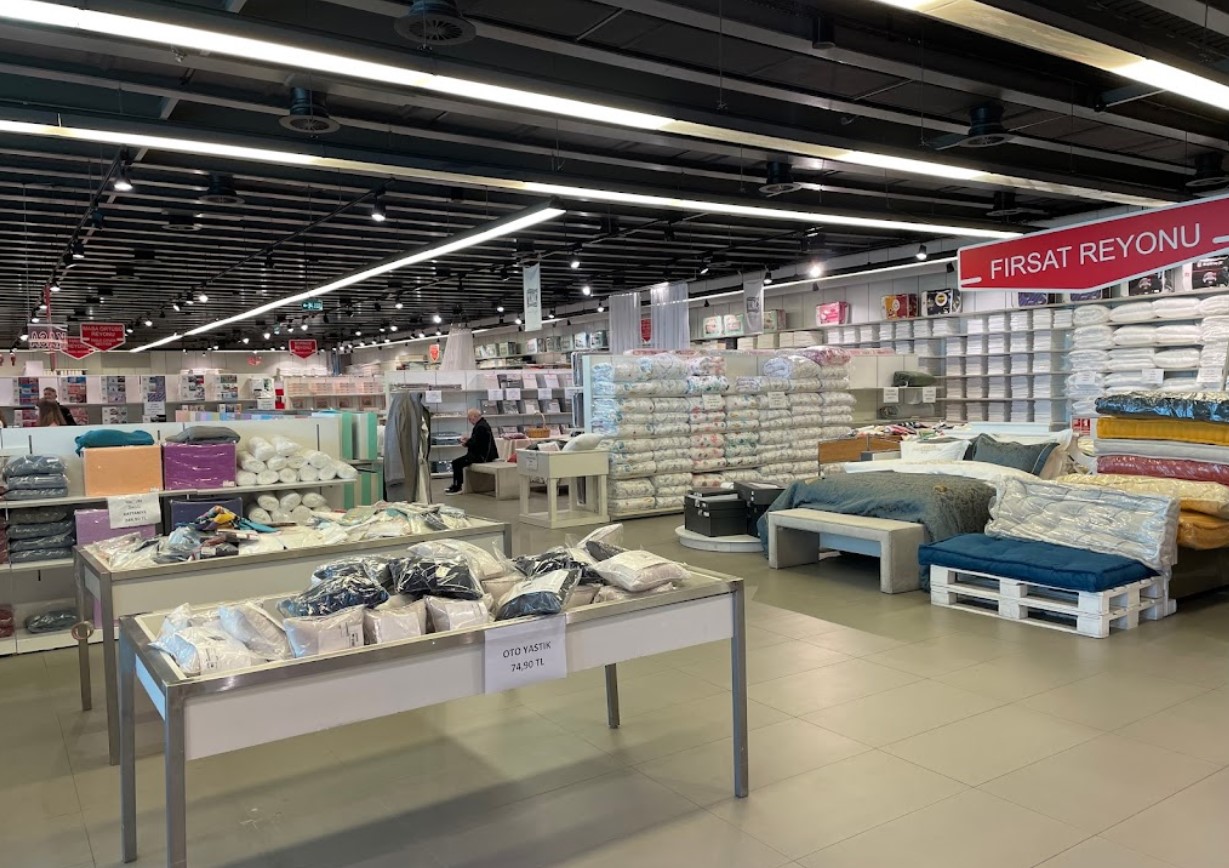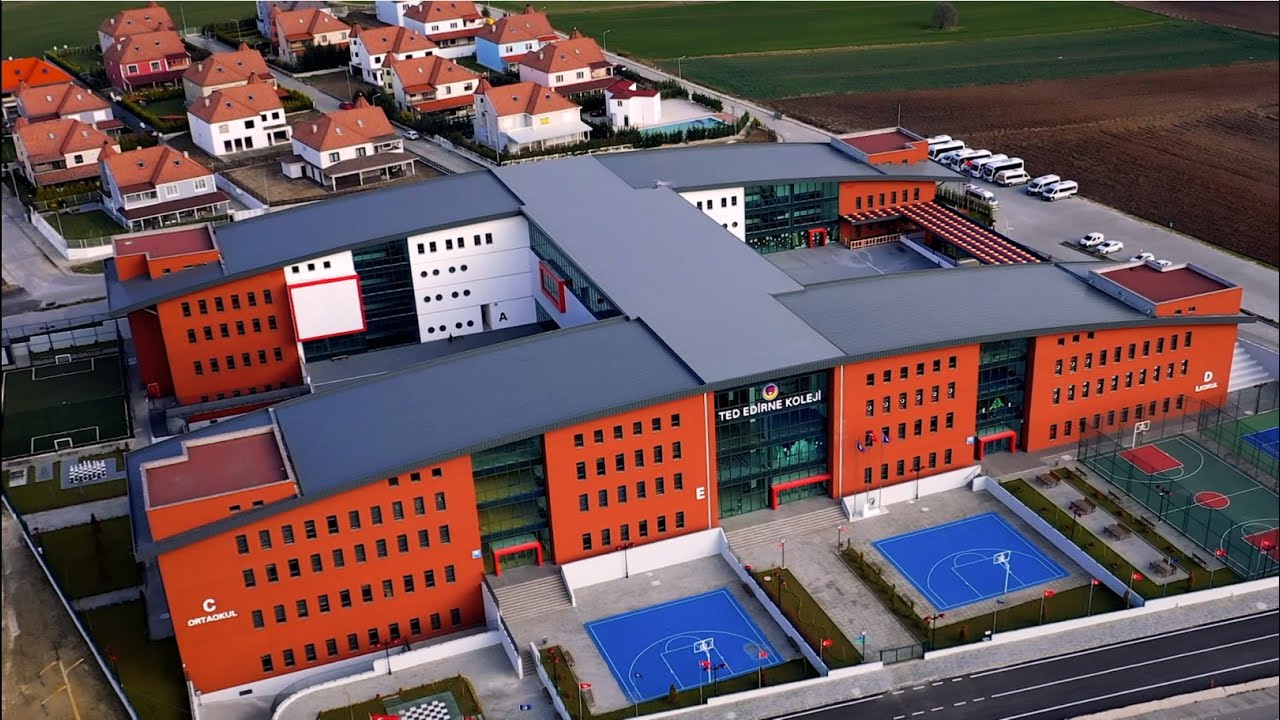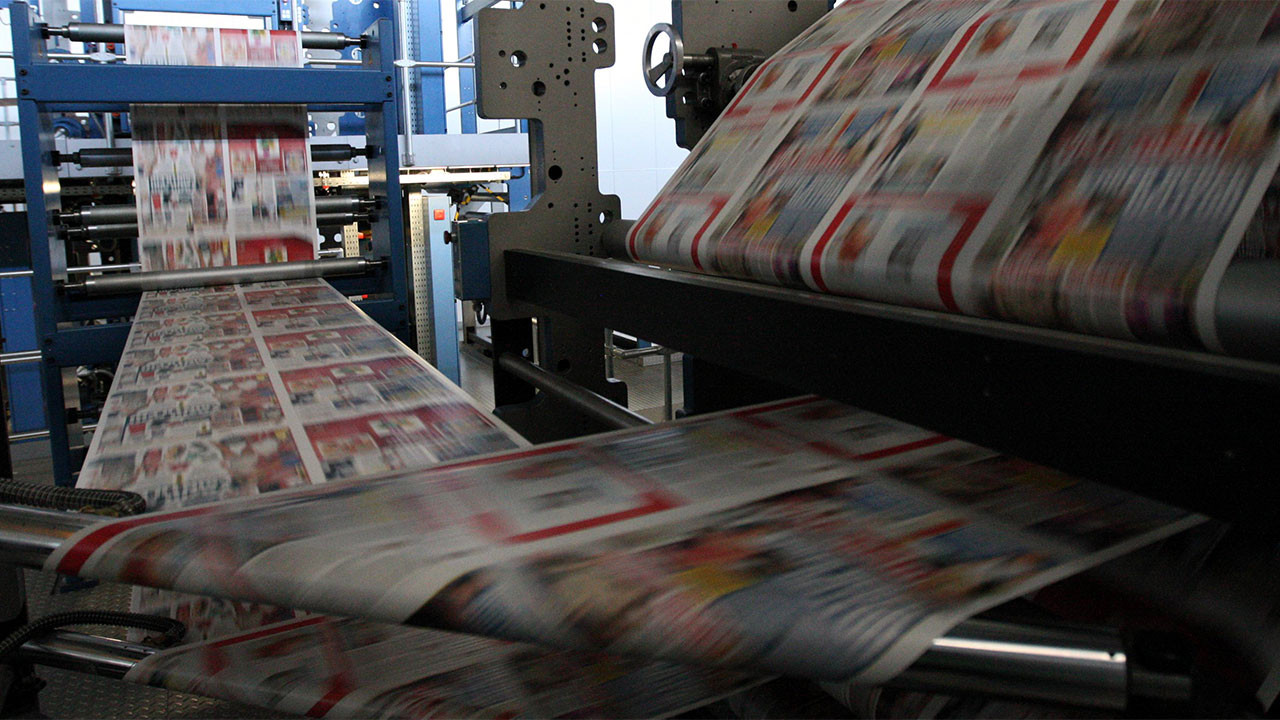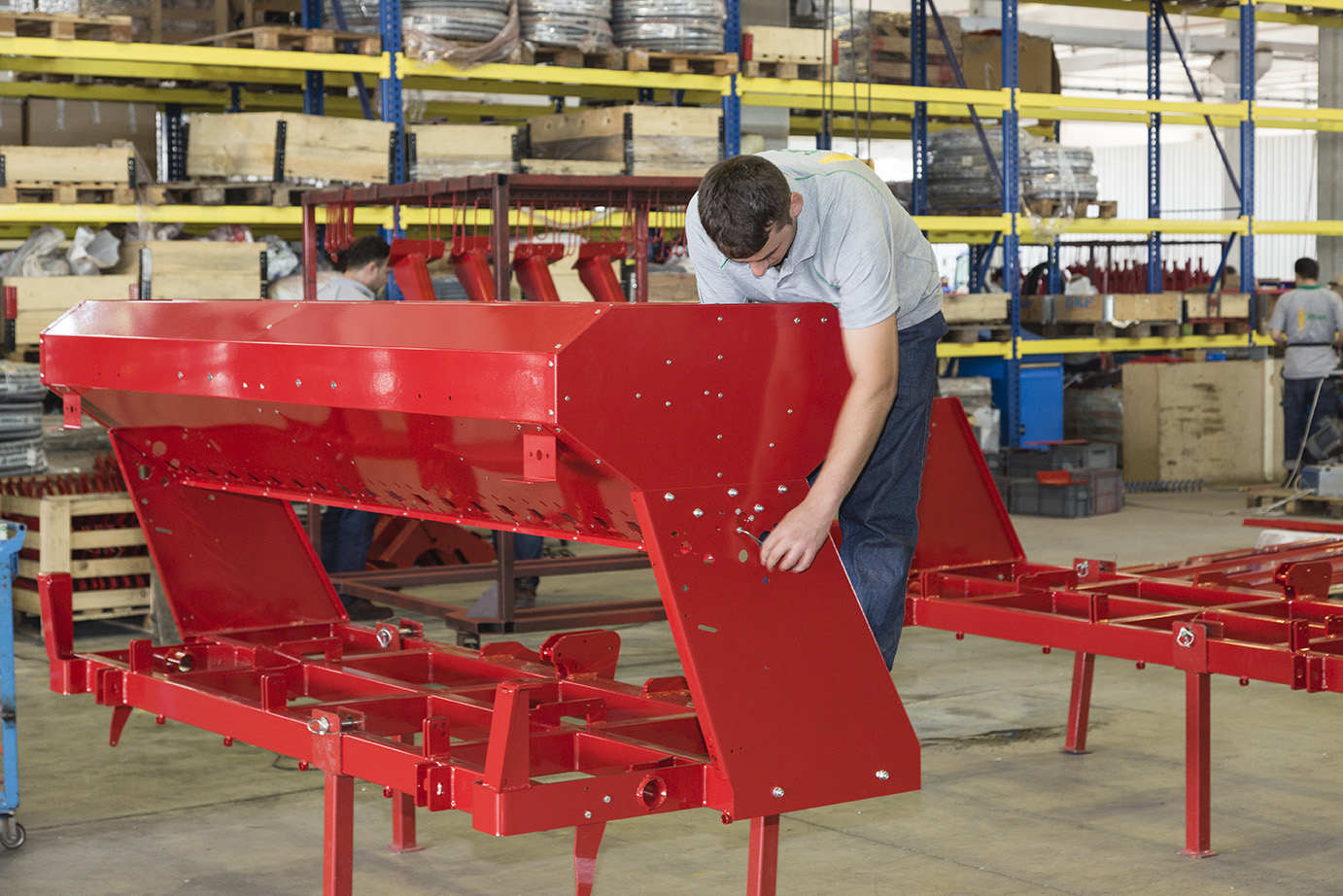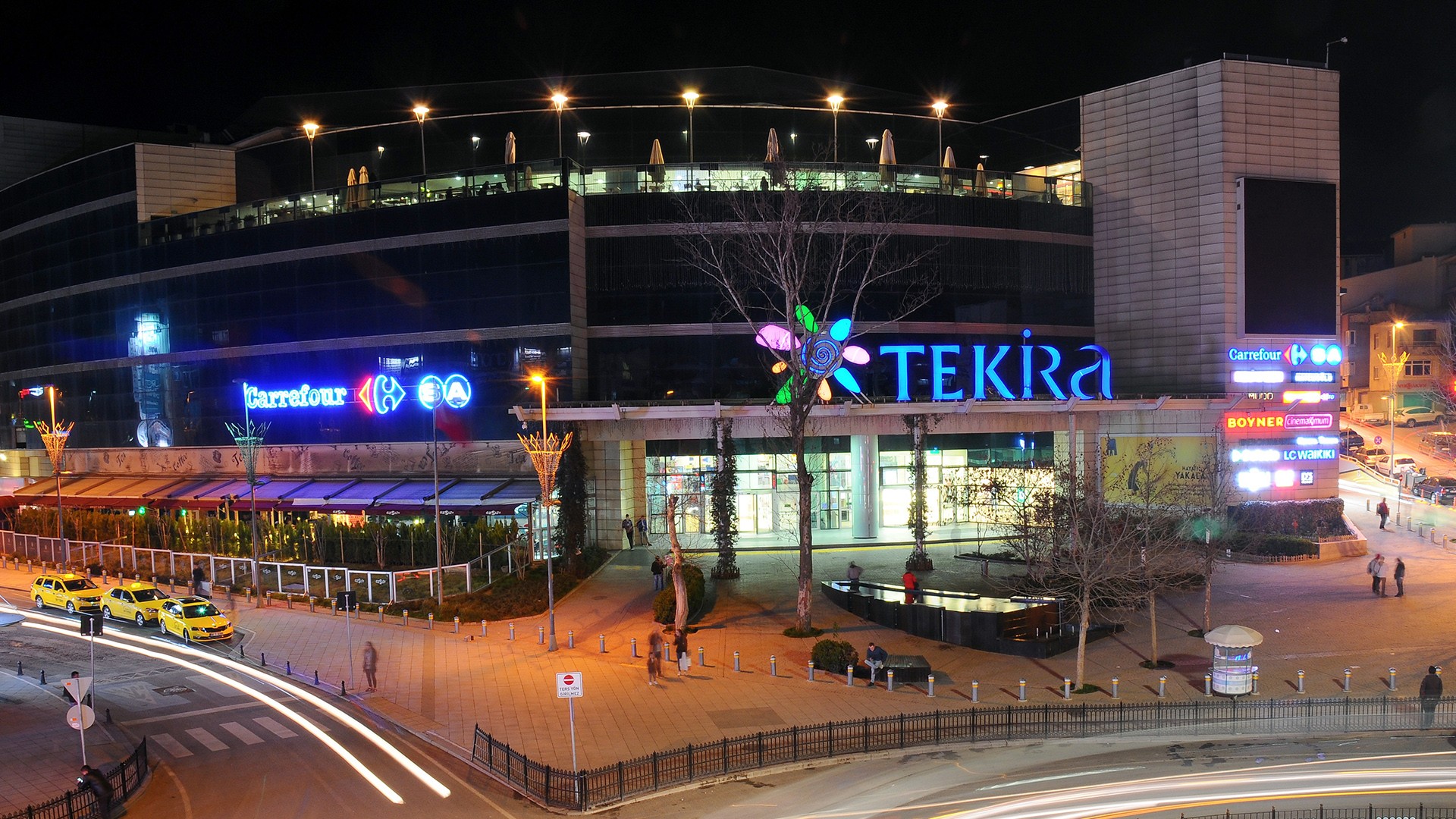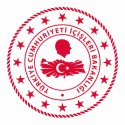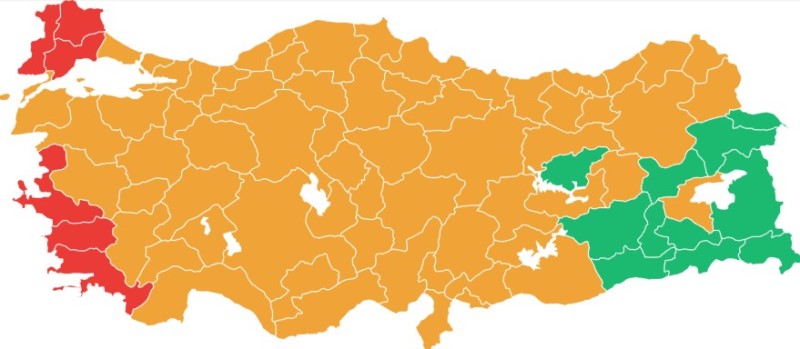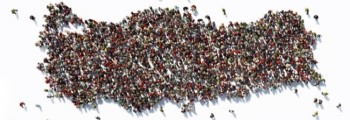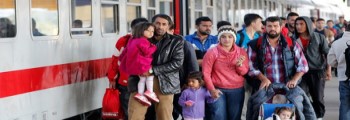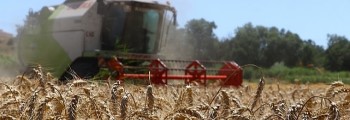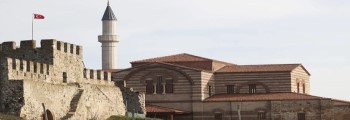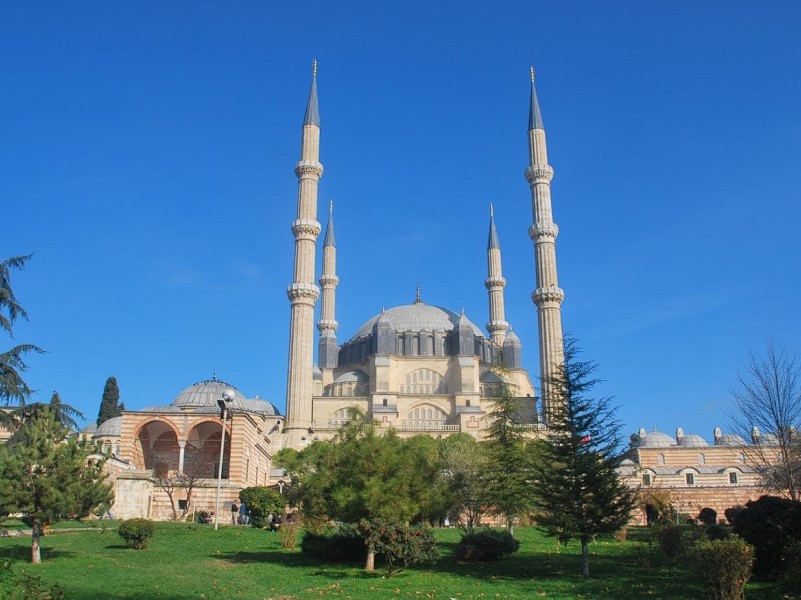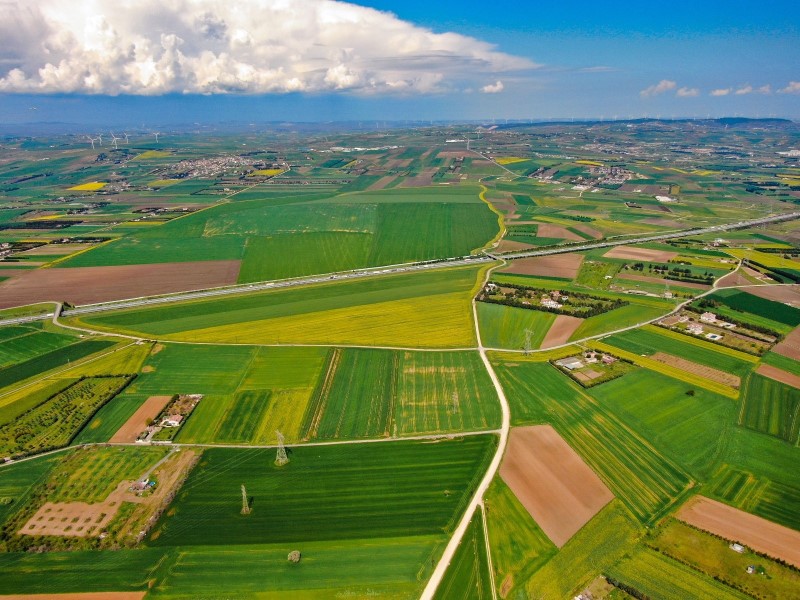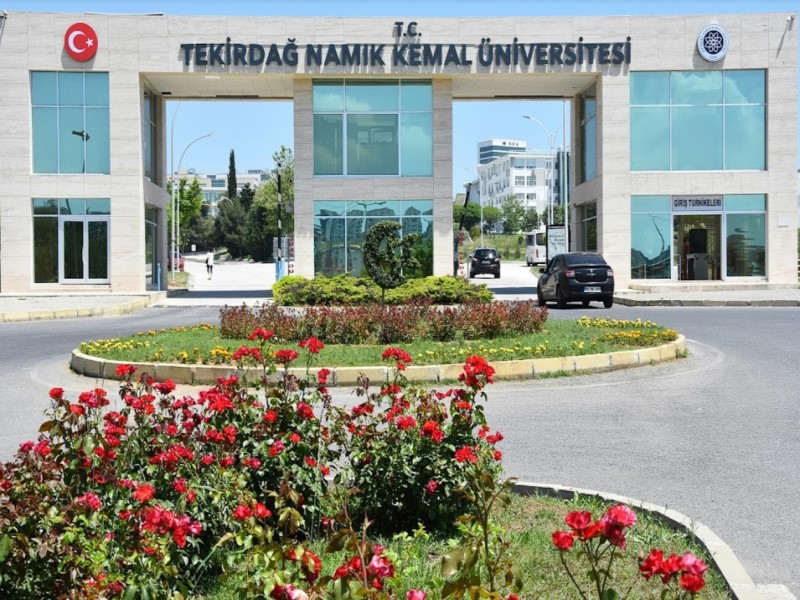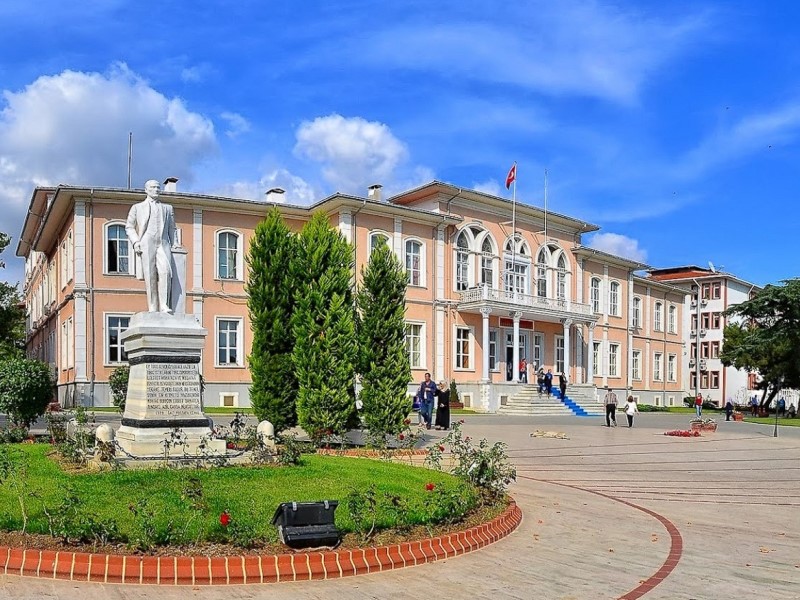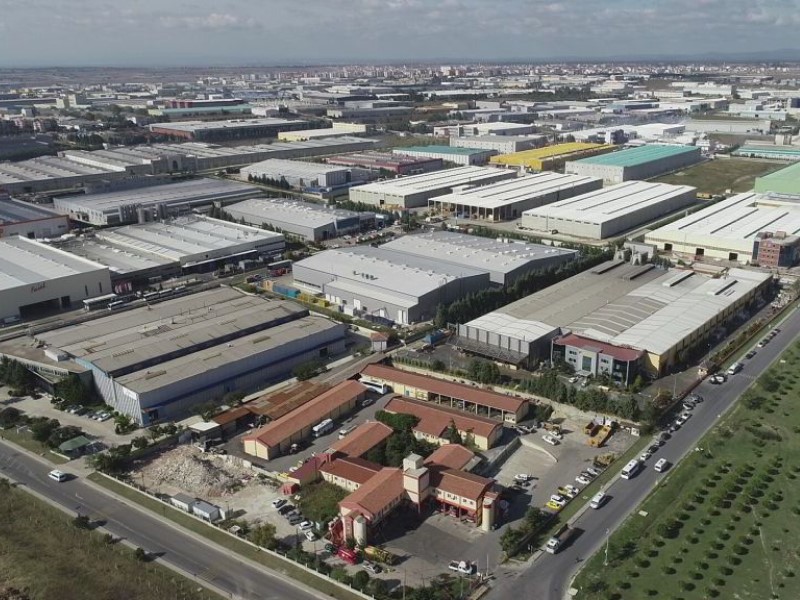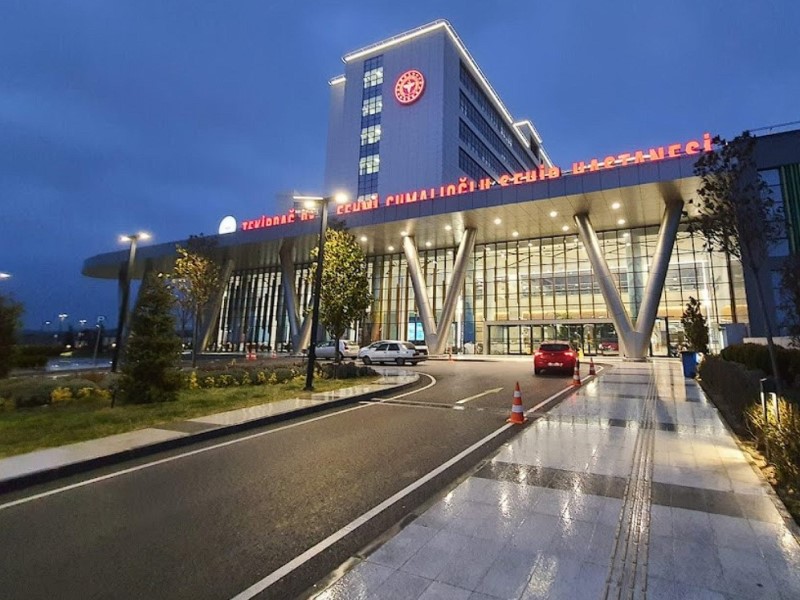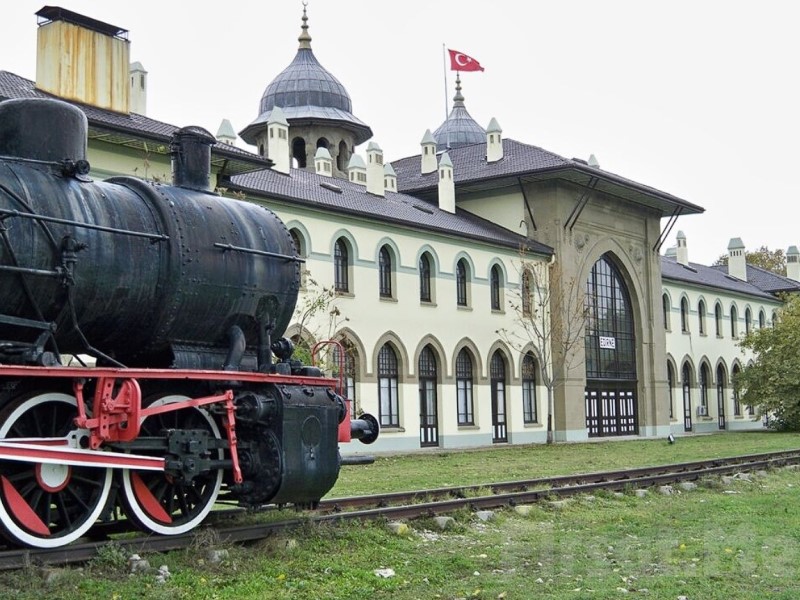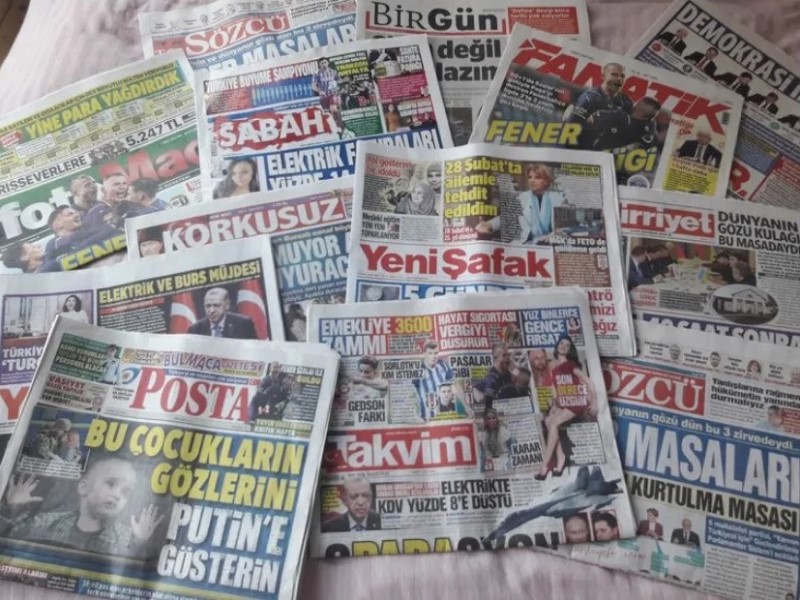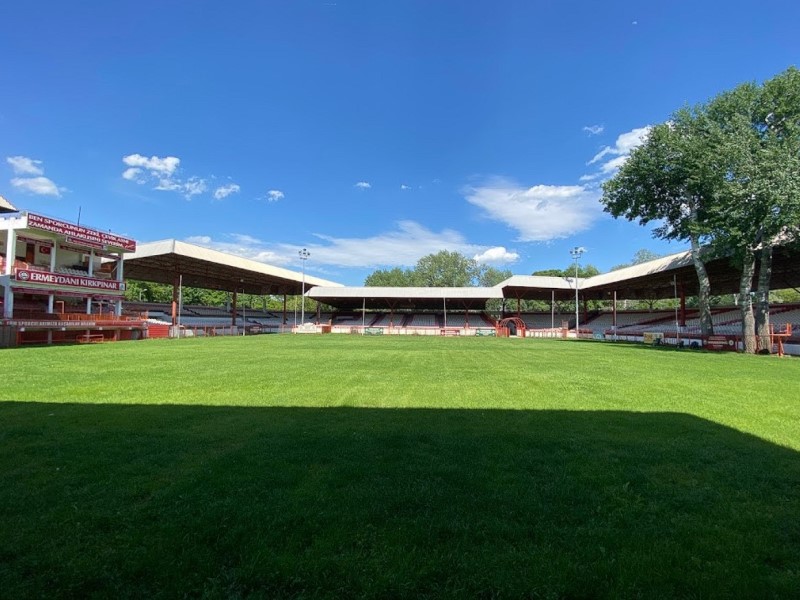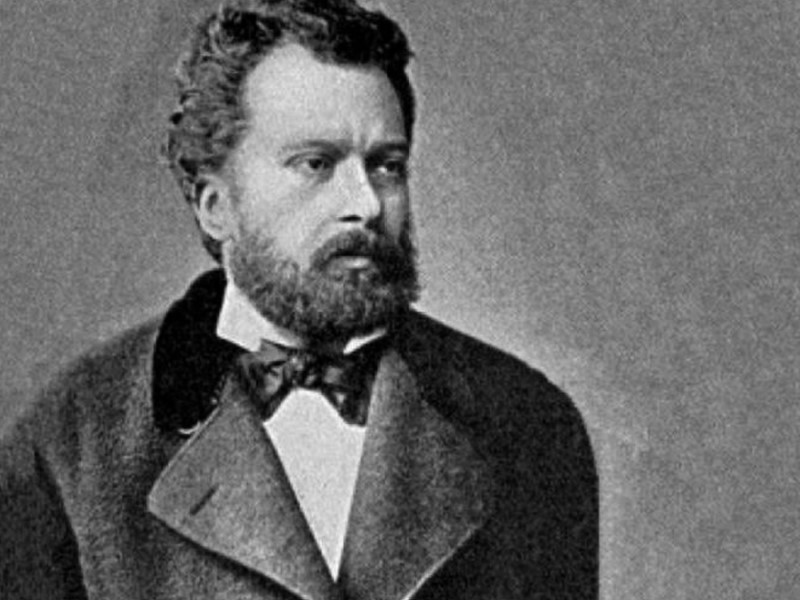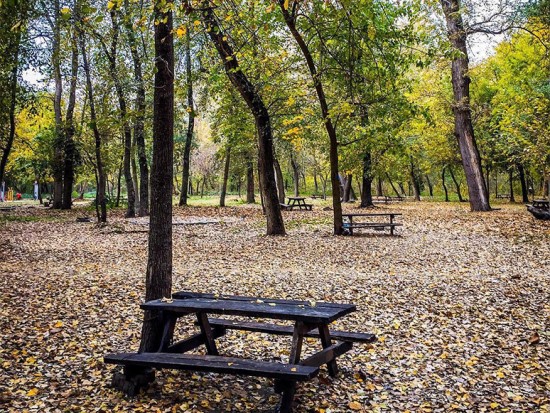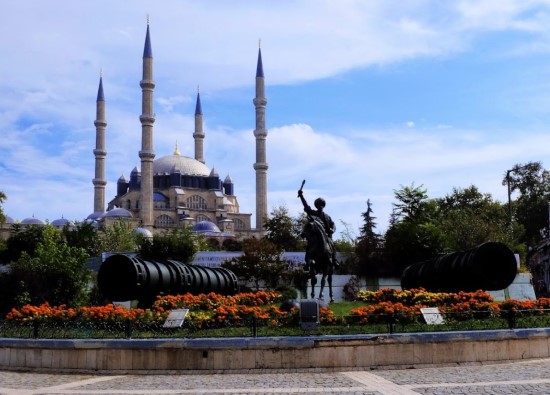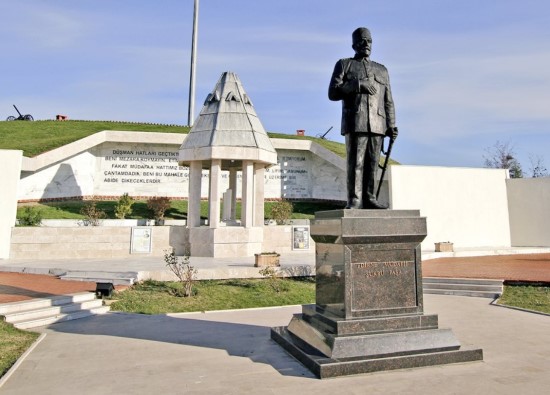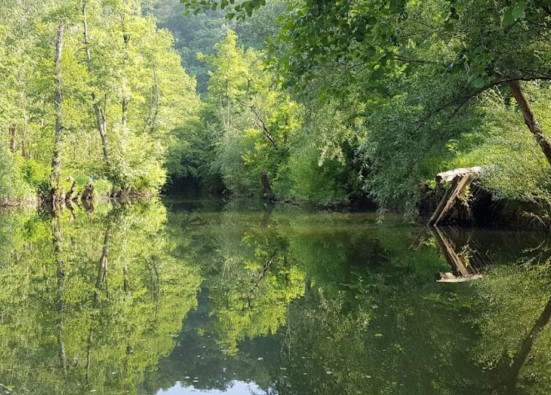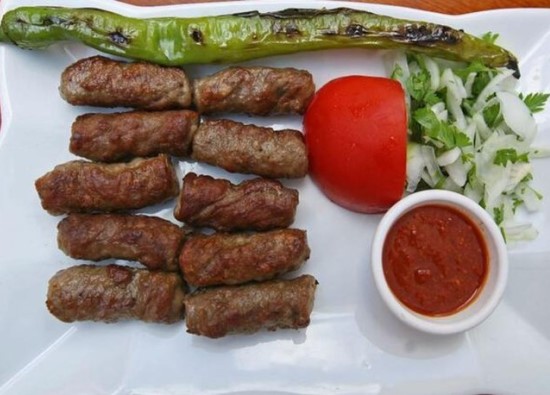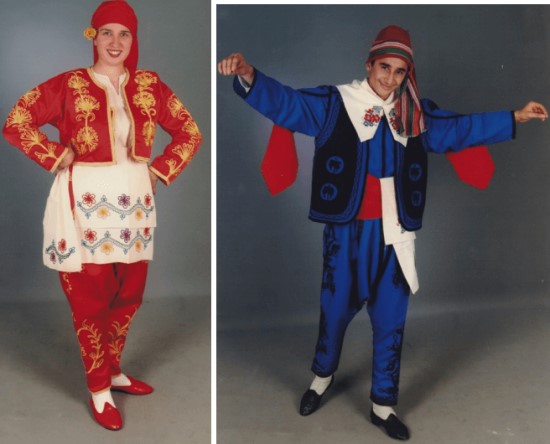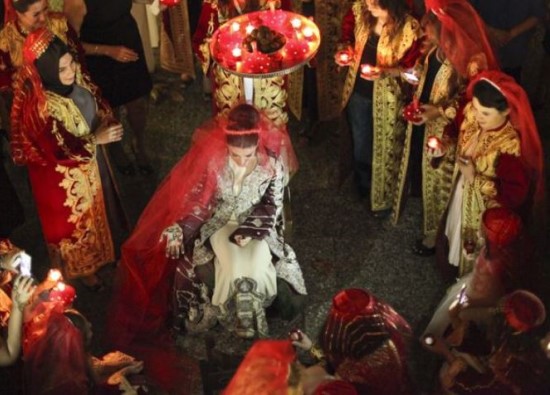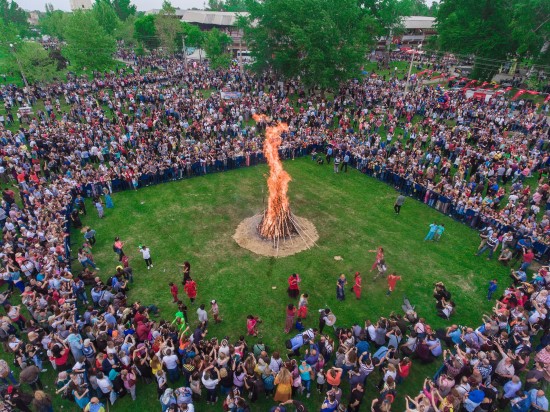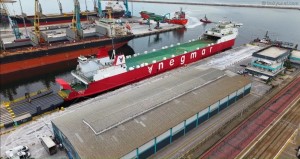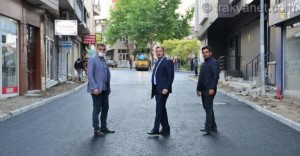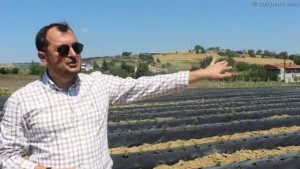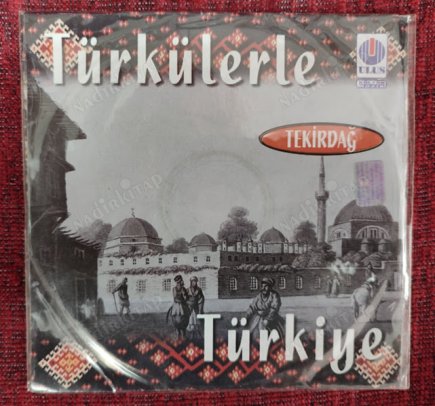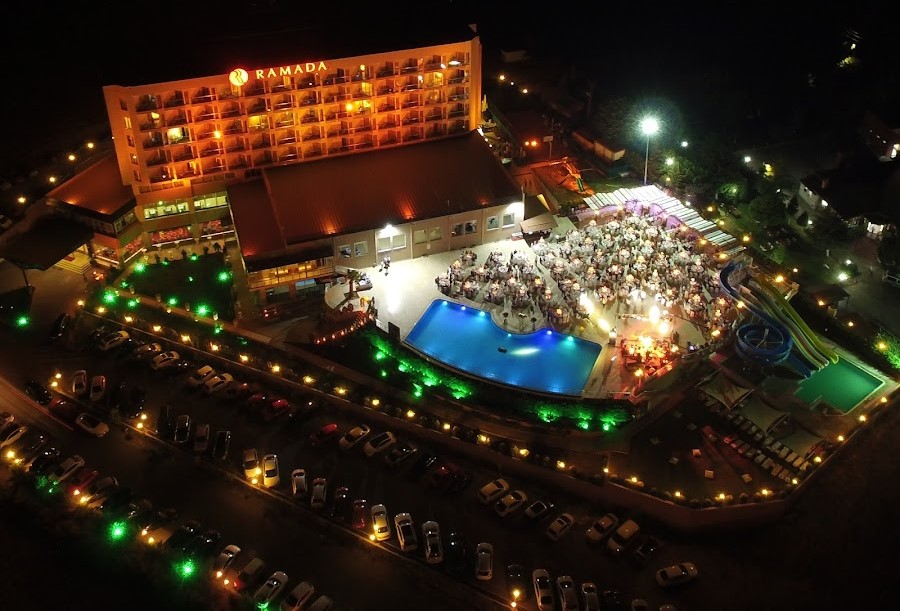Süleymanpaşa - Suleymanpasa - Сюлейманпаша - Σουλεϊμάν Πασά
With its rich groundwater and industrially allocated vacant areas, the region initially became a hub for chemical, leather, and textile factories. Although recent stagnation in these sectors has led to the closure of many factories, these sectors still dominate.
With a 50% occupancy rate, the Corlu Leather Organized Industrial Zone holds potential to host more establishments.
Similar to Cerkezkoy, industry has overshadowed the region's tourism and cultural potentials. The city center shows great similarity to Istanbul's Bayrampasa and Esenler districts.
Despite being a major industrial area, the lack of sufficient social life leads many city residents to choose Istanbul for weekend and holiday getaways. This creates challenges in attracting qualified personnel to work in the industrial sector. However, in Corlu and Cerkezkoy, this issue is less pronounced due to their proximity to Istanbul compared to other industrial zones in Luleburgaz and Thrace.
Driving from Istanbul towards Tekirdag, clues to Tekirdag's identity can be seen on both sides of the road. While the left side of the road is lined with holiday resorts of all sizes, on the right, the dominant colors of the fields are rich dark yellow (canola), green (wheat), and pale yellow (sunflower), depending on the time of year. A little higher up, it's clear that the districts of Corlu and Cerkezkoy constitute a dense industrial zone. Tekirdag's status as a province sandwiched between agriculture and industry is immediately apparent from this view.
As you pass hills dotted with greenery and numerous newly built residences at the entrance to the city, the summer houses on the left evoke the feeling of having arrived in a resort town. The main striking features are the sea, whose scent is palpable as you step off the beach; on the right, restaurants serving well-promoted Tekirdag meatballs; the mosque, a legacy of Mimar Sinan; and on the left, the newly bustling Tekirdag Port; and the coastal strip, which seems deserted except for simple businesses. The large shopping malls and heavy traffic, typically seen in rapidly developing industrial cities, are still making their presence felt in Tekirdag.
The effects of the industrial zone concentrated in Corlu and Cerkezkoy have not yet been felt in Tekirdag city center. It bears more of the characteristics of the agriculturally intensive western part of Central Thrace than the eastern part.
The city's advantageous position in tourism can be easily seen after a day's sightseeing. The exiled home of Hungarian national hero Rakoczi; the ethnographic museum; old houses, many of which are on the verge of collapse; the governor's office building, where the first steps of the alphabet reform were taken; Sarkoy, home to Murefte, a Blue Flag but resort town famous for its grapes and wine; Ucmakdere, with its paragliding activities, beautiful scenery, and lack of facilities; Karacakilavuz, with its hand-woven products; Tekirdag, with its 19th Regiment, where soldiers first gathered for the magnificent resistance in Canakkale, and its numerous other historical and cultural assets, is a city of unparalleled beauty. Despite this beauty, Tekirdag has only been able to market its meatballs due to a lack of tourism promotion and infrastructure.
Tekirdag is one of three provinces in northwestern Turkiye, located north of the Sea of Marmara and entirely within Thrace. It covers an area of 6,313 km².
Tekirdag, with coastlines on both the Sea of Marmara and the Black Sea, is one of only six provinces in Turkiye with coastlines on both seas. Located north of the Sea of Marmara and entirely within Thrace, Tekirdag: It is bordered to the east by the districts of Silivri and Catalca, and to the north by the districts of Vize, Luleburgaz, Babaeski, and Pehlivankoy of Kirklareli province. It has a 1.5 km coastline to the northeast with the Black Sea. Located on the Thrace-Kocaeli Peneplain, Tekirdag province's landmass consists of 75.2% plateaus, 15.5% plains, and 9.3% mountains. Generally, there are no high mountains, steep slopes, or valleys. Coastal plains along the Sea of Marmara are covered with alluviums carried by rivers. The plateaus have the characteristics of an erosional surface. To the north lies Istranca, while to the south lie Tekir Mountains, Koru Mountains, and the Ganos Mountains.
Tekirdag falls into the subhumid climate type, among the hydrographic regions identified based on general humidity indices. Its precipitation regime falls within the Mediterranean precipitation regime. The Tekirdag coastline, influenced by the Mediterranean climate, experiences hot summers and mild winters. The coastal strip encompassing the Ergene basin has a more continental climate. Precipitation is generally rain, with little snow. The moderate climate facilitates agriculture. The lowest average precipitation in Tekirdag occurs in August, and the highest in December. The coastal strip between Sarkoy and Kumbag exhibits Mediterranean climate characteristics. This is due to the mountains running parallel to the coast to the north and the warming effect of the sea.
The inland areas are influenced by the continental climate. Influences of northern European climate are particularly evident in winter. Therefore, it lacks a distinct climate type. Summers are generally hot and dry, similar to the Mediterranean. Because the Siberian anticyclone reaches these areas from the Balkans, winters are dry and freezing. The inland areas lack the moderating effect of the Marmara Sea. In July, the temperature in the Tekirdag city center along the coast is 25 degrees Celsius, while in Corlu and the surrounding areas it is around 26-30 degrees Celsius.
Tekirdag is very windy in both summer and winter. The dominant and constant wind is the northeasterly wind, while the second most important wind is the southerly wind. As long as there is high pressure in Central Europe, the northerly wind blows strongly in Thrace and Tekirdag. When the pressure decreases, the northerly wind blows only during the day and becomes a breeze.
Because the southerly wind enters Thrace from the Meric Valley, it blows heavily in inland districts like Corlu. It is frequent but short-lived in Tekirdag and the coast. Breezes in March, April, and May bring rain.
Tekirdag is quite poor in vegetation. Its most distinctive feature is the maquis and shrubland that develops on the slopes overlooking the Sea of Marmara, in accordance with the climate type. In the inland areas, partly under the influence of the continental climate, oak species that shed their leaves in winter, hornbeam, ash, silver linden, plane tree, and elm trees are found. Willow is the characteristic tree along the rivers.
In Tekirdag province, 25% of the gross agricultural production value comes from livestock. While there is a decrease in the number of pasture-based livestock, there is an increase in the number of cattle.
The fact that all kinds of relations between Anatolia, the Near East, and Europe—migration, invasion, trade, culture, and exchange—happened through Thrace has been a significant characteristic of the region, both today and in the past.
In Tekirdag, settlements dating to the upper levels of the Old Stone Age have been found in caves in the Gunes Kaya and Gungormez valleys in the Saray district (40,000-10,000 BC). Stone axe production centers dating to the earliest land settlement period (Neolithic) have been found in the Sarkoy district (8,000-5,000 BC). The Tekirdag Museum Directorate has identified Chalcolithic Age settlements (Top Tepe 4,300 BC) in some river mouths along the Marmara Sea, as well as contemporary settlements from the 1st and 2nd levels of Troy along the coast. (Early Bronze Age I-II 3,000-2,400 BC) There were communities in Thrace, defined as Proto-Thracians, with much lower levels of social organization, who came to Thrace with a wave of migration between 1400 and 1,000 BC.
While the Thracians lived as nomadic communities, colonists from Samos, arriving from the Aegean islands in the 8th-6th centuries BC, established colonial cities along the shores of the Sea of Marmara. The most important of these are Perinthos (Marmara Ereglisi) and Bisanthe (Barbaros), located within the borders of present-day Tekirdag. Between 546 and 430 BC, the Thracian region was invaded from the east and remained under Persian rule.
In 352 BC, King Philip II of Macedonia, during his campaign against Thrace, occupied the coastal areas from Ipsala to the vicinity of Marmara Ereglisi. Perinthos (Marmara Ereglisi) put up a fierce resistance. Alexander the Great, who succeeded Philip II and campaigned as far as India, captured Perinthos (Marmara Ereglisi). After his death, the region came under the rule of Lysmokhus. The region changed hands between the Macedonian and Odrysian kings until it came under Roman rule in 30 BC.
Tekirdag entered history in the Late Roman period under the name Rhaedestus in the 3rd century AD, and was known as Rodosto during the Byzantine period. After the Ottomans captured Tekirdag from the Byzantine Tekfurs in the 14th century, the name Rodosto became Rodoscuk. Remaining under this name until the 18th century, Rodoscuk later became known as "Tekfurdagi," allegedly in honor of the Byzantine Tekfurs. Following the Republic's founding, it was renamed Tekirdag as a province in 1927.
Suleymanpasa Municipality
On December 6, 2012, Article 2, Paragraph 24 of Law No. 6360, published in the Official Gazette, established the Suleymanpasa district in Tekirdag province, consisting of the villages and municipalities within the boundaries of the central Tekirdag district, with the neighborhoods of the Tekirdag Municipality as its center, and a municipality of the same name.Suleymanpasa Municipality, which existed in name only until the local elections of March 30, 2014, began its de facto establishment after the local elections of March 30, 2014.
Suleymanpasa Municipality serves 74 neighborhoods, encompassing all areas covered by the former Tekirdag Municipality.
The Suleymanpasa Municipality initially operated in the former special administration building for five weeks before moving to its current location following the completion of the renovation of the historic municipal building.
Suleymanpasa
| Area | 1.053 km² |
| Altitude | 30 m |
| Population 2024 | 223.068 |
| Telephone Area Code | 282 |
| License Plate Code | 59 |
| Postal Code | 59100 - 59200 - 59030 - 59060 - 59070 |
| Suleymanpasa District Governor | Mahmut Nedim Tuncer |
| Mayor of Suleymanpasa | Volkan Nallar |
| Update | |
| View | 367 |
Suleymanpasa Statistics
Detailed statistical data of the Suleymanpasa region are available on our pages.
Province, district, town, neighborhood, and village population information
Immigration information received and given by Thracian settlements
Detailed statistics on the livelihoods of the Thracian people
Tourism data of the Suleymanpasa region
Health personnel statistics with birth and death information in Suleymanpasa
Results of the Turkish parliamentary general elections
Other statistics related to the Suleymanpasa region
Suleymanpasa Topics
History of Suleymanpasa
Geography of Suleymanpasa
Suleymanpasa educational institutions
Suleymanpasa administrative administrations
Suleymanpasa economy
Suleymanpasa health institutions
Suleymanpasa transportation information
Suleymanpasa press organizations
Suleymanpasa sports infrastructure and clubs
Celebrities born in Suleymanpasa
Suleymanpasa Tourism Information
Transport and Infrastructure Minister Abdulkadir Uraloglu announced that the Bandirma-Tekirdag Train Ferry Line, now operational, will provide an annual freight carrying capacity of 2.8 million tons. It was stated that the line will strengthen its position in international transportation.
I wear light, so light
Pink suits the young so bright
One feels a certain way
When seeing their love in sight
Oh, you to the side, me to the glass
Let them draw our picture, side by side
The streams are filled with pebbles fine
Who gave you that clever mind?
Spinning and twirling, he plays
My elder brother's bright-eyed gaze
Oh, you to the side, me to the glass
Let them draw our picture, side by side
The streams are paved with pebble stones
Ducks with green heads are widely known
My beloved, so fair and divine
Rosy cheeks, arched brows so fine
Oh, you to the side, me to the glass
Let them draw our picture, side by side
Ramada by Wyndham Tekirdag, certified with Sustainable Tourism and Green Star Certification, is a luxurious five-star hotel located in the city center of Tekirdağ, offering panoramic views of the city and sea. It is just minutes away from beaches, the city center, vineyards, and tourist attractions.
Updating
Data entry on our pages is ongoing and will be published as soon as possible.
Suleymanpasa Photos
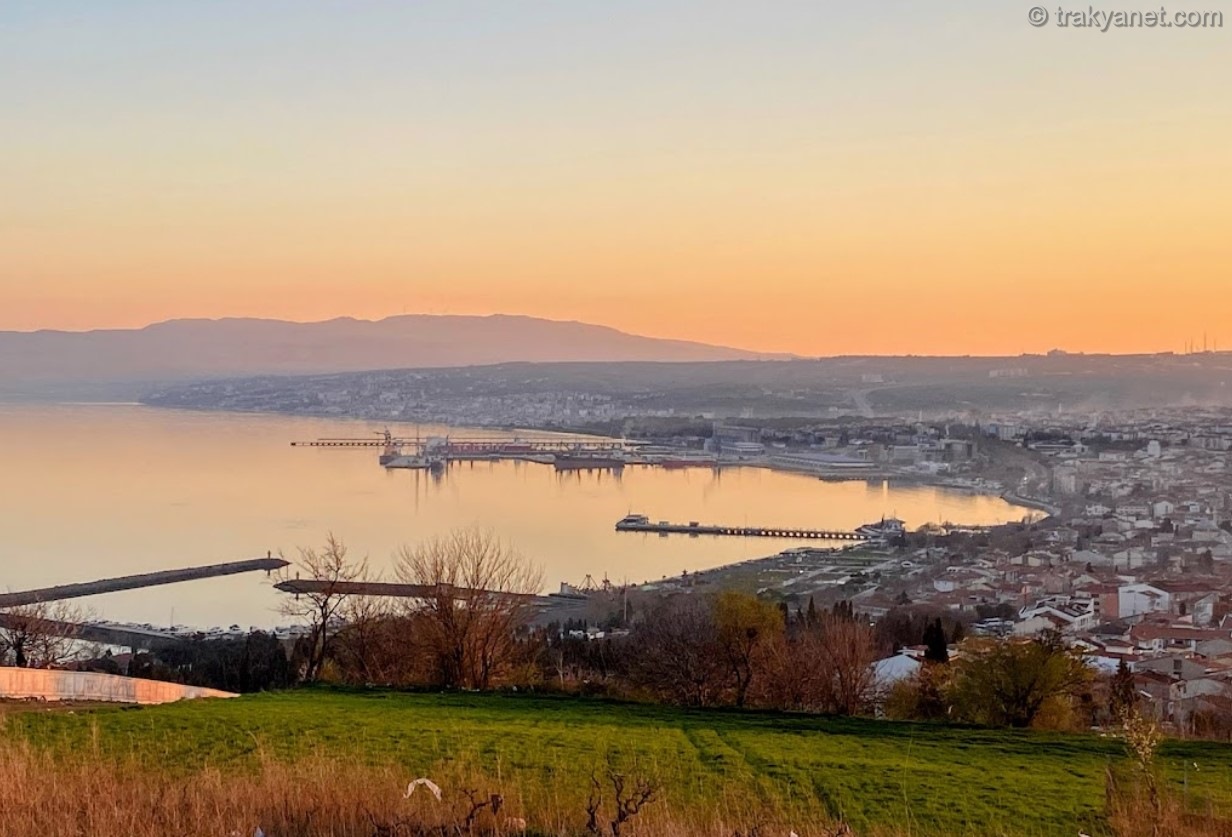
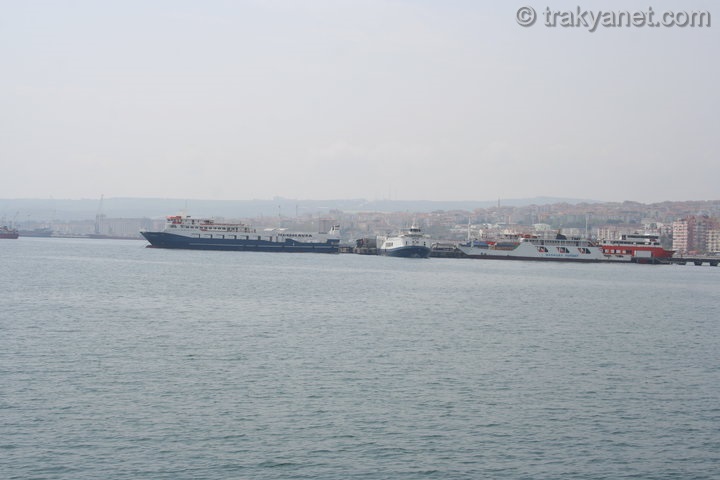
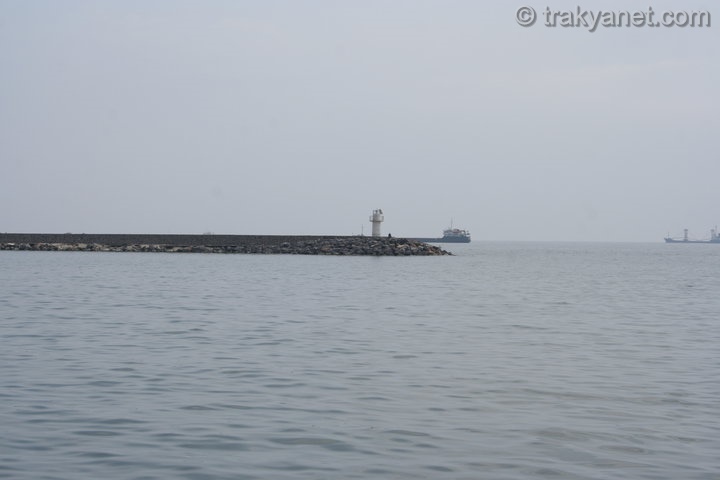
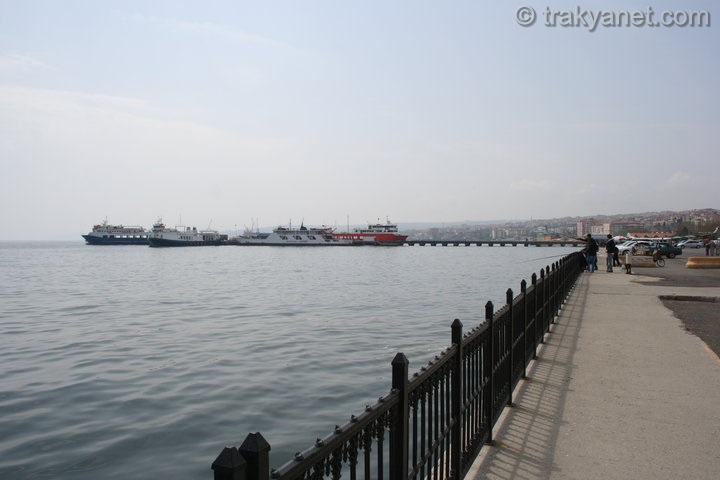
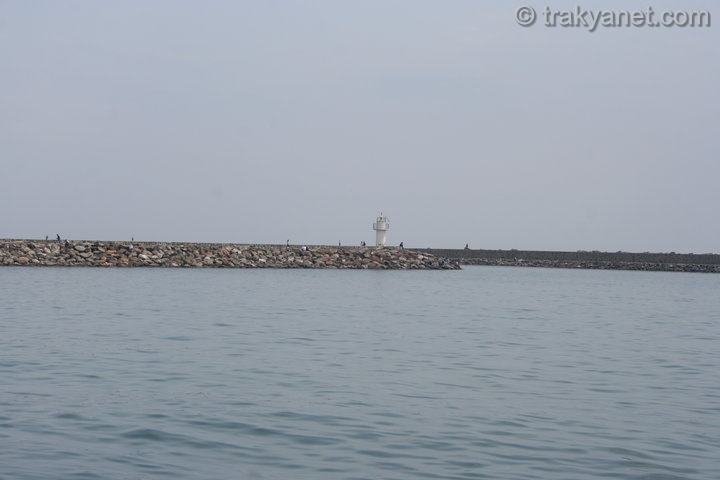
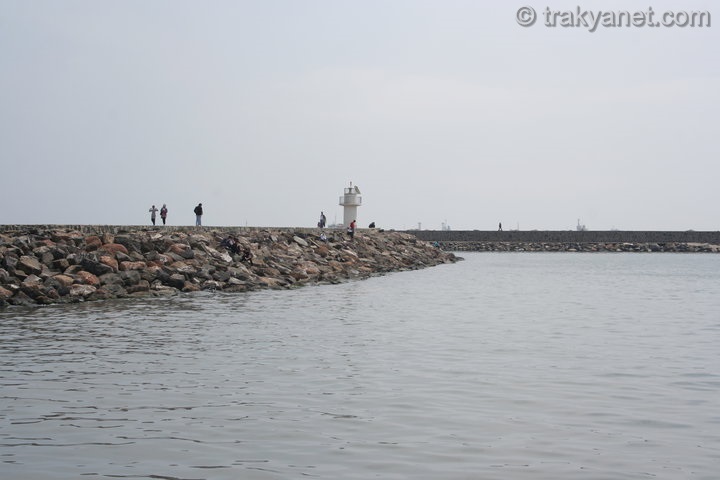
Suleymanpasa Transportation
- Rural Neighborhoods
- Ahmedikli - Ahmetce - Akcahalil - Araphaci - Asagikilicli - Avsar - Banarli - Barbaros - Biyikali - Canakci - Dedecik - Demirli - Dogrukaracamurat - Evciler - Ferhadanli - Gazioglu - Generli - Gunduzlu - Guvecli - Hacikoy - Husunlu - Isiklar - Inecik - Karabezirgan - Karacakilavuz - Karacali - Karaevli - Karahalil - Karahisarli - Karansilli - Kasikci - Kayi - Kazandere - Klavuzlu - Kiniklar - Koseilyas - Kumbag - Mahramli - Naipkoy - Nusratfaki - Nusratli - Oguzlu - Ormanli - Ortaca - Orucbeyli - Osmanli - Otmanli - Selcuk - Semetli - Seymenli - Tasumurca - Tatarli - Yagci - Yayabasi - Yazir - Yenice - Yenikoy - Yukarikilicli - Yuva






